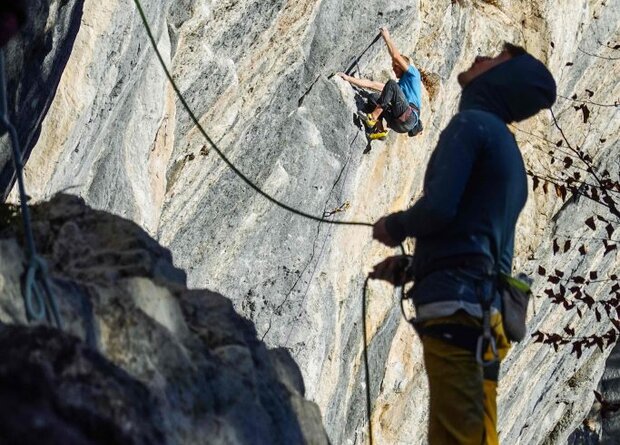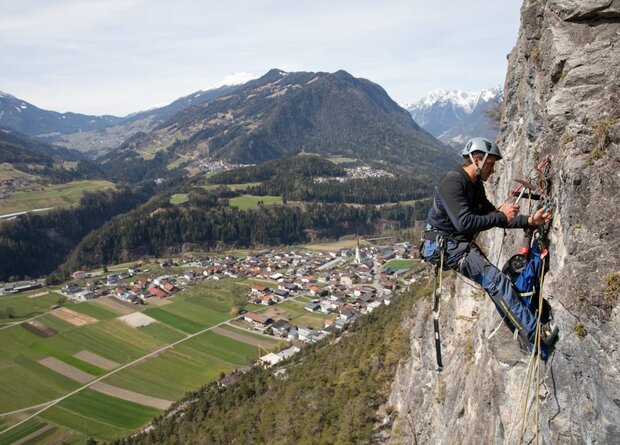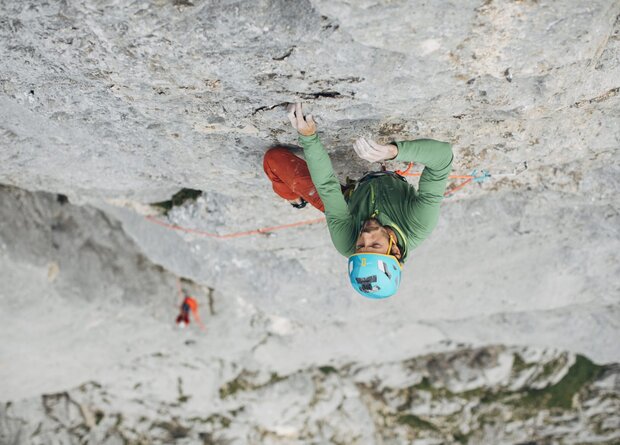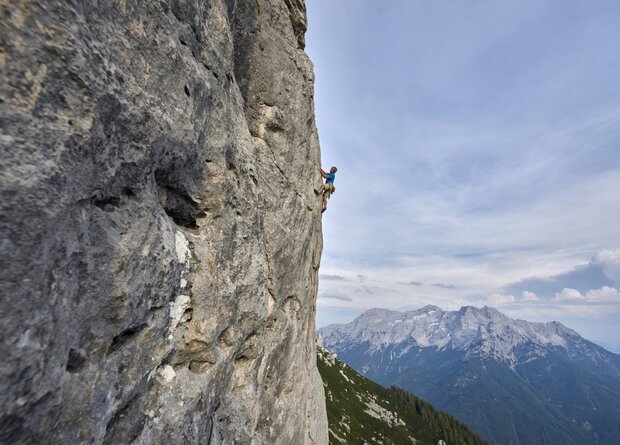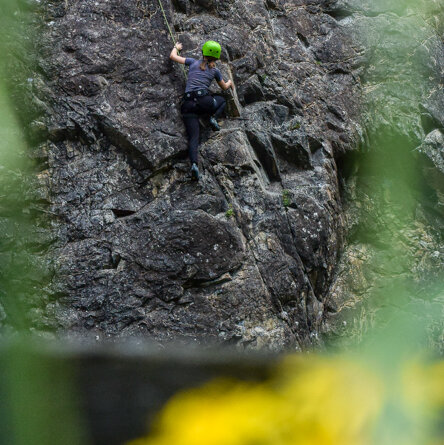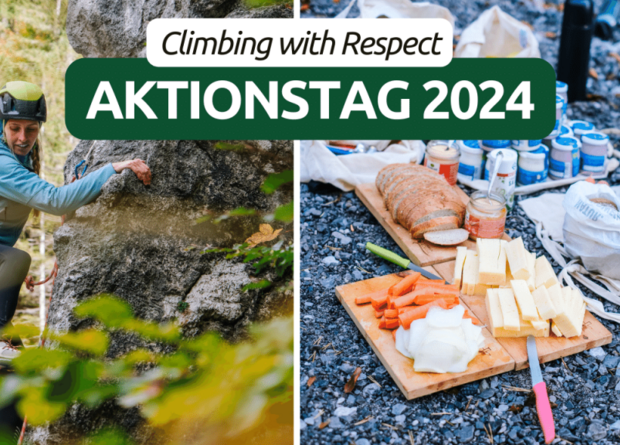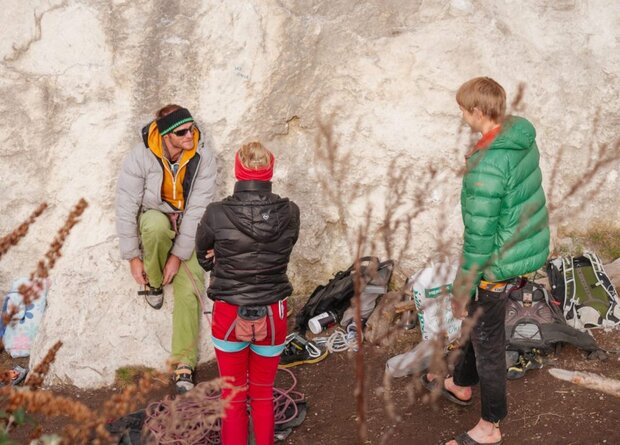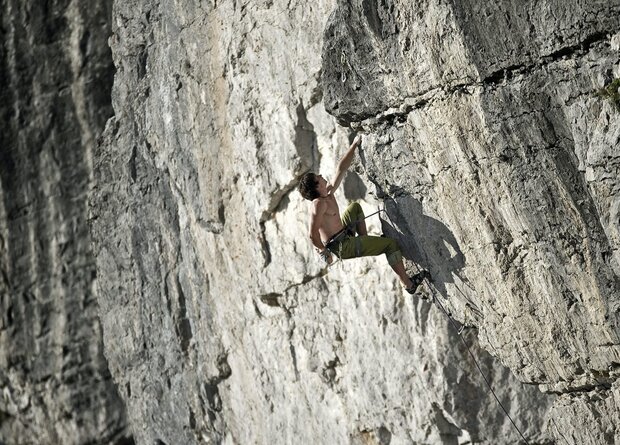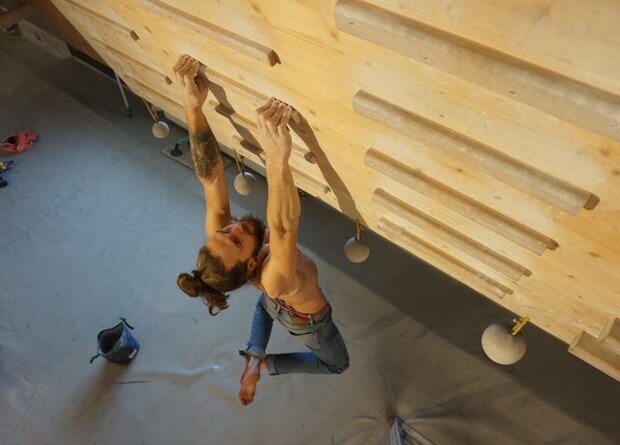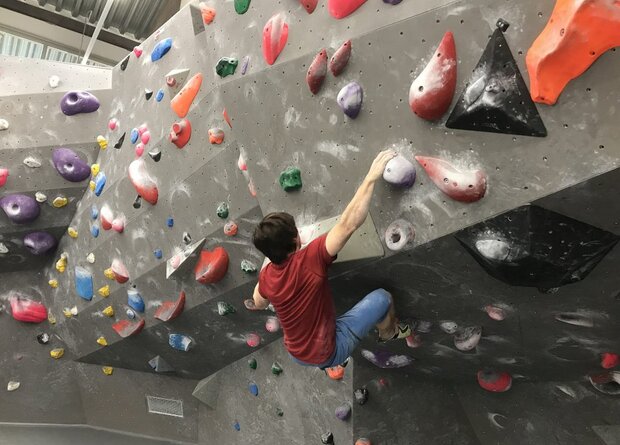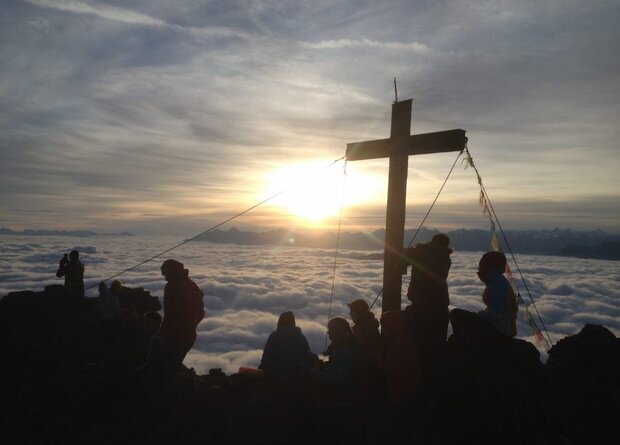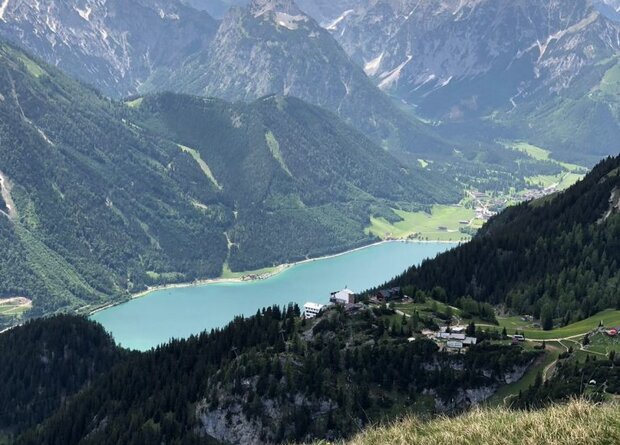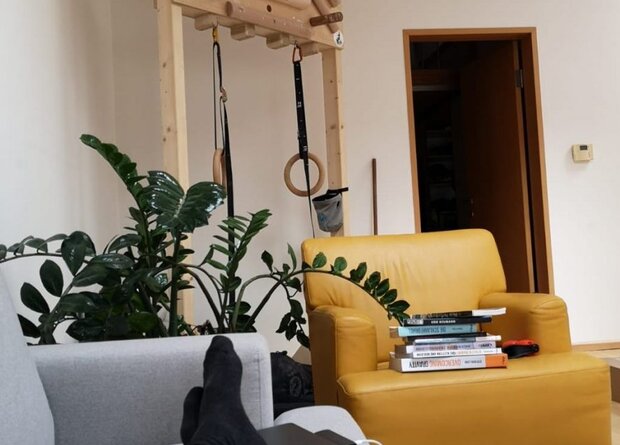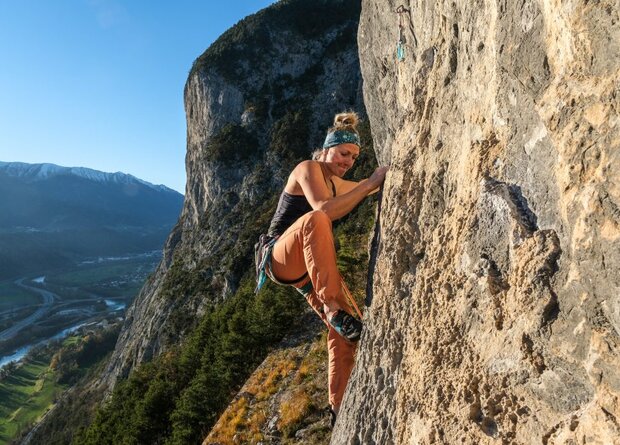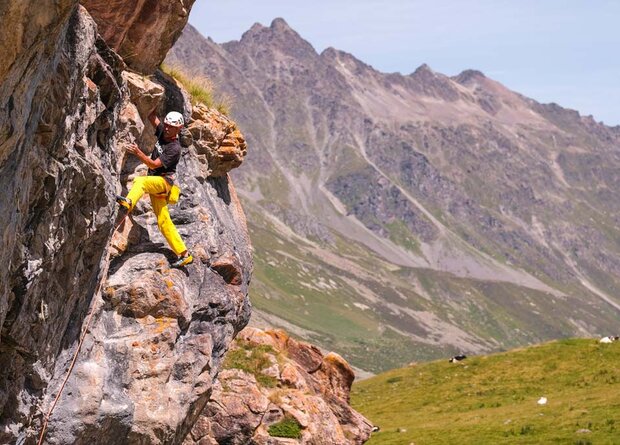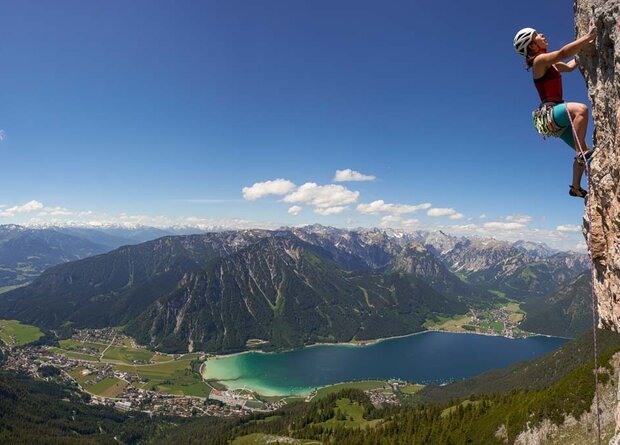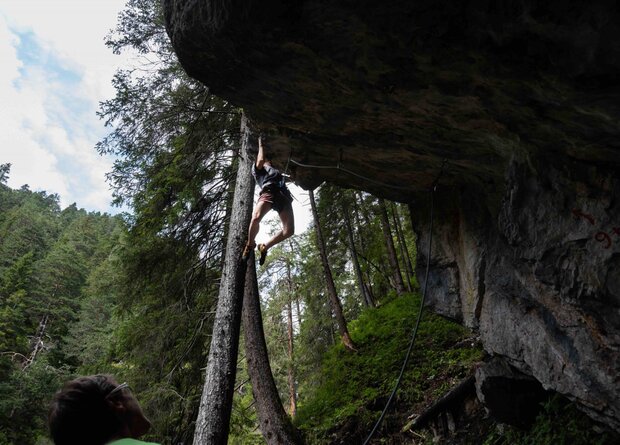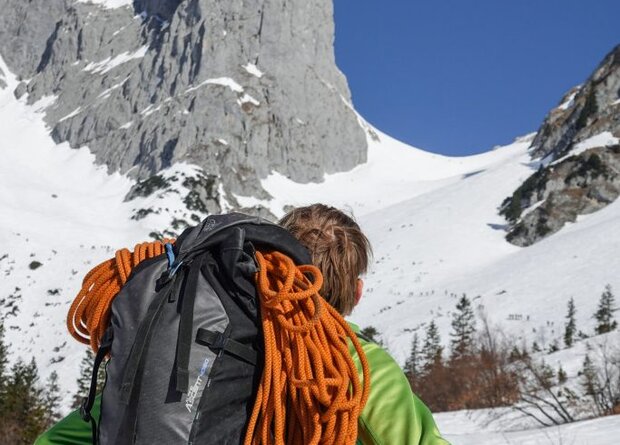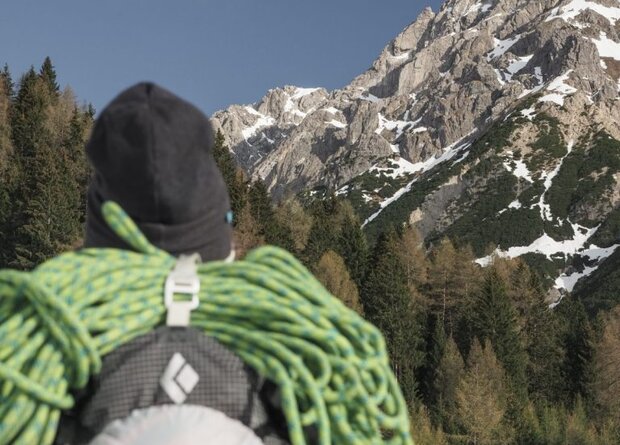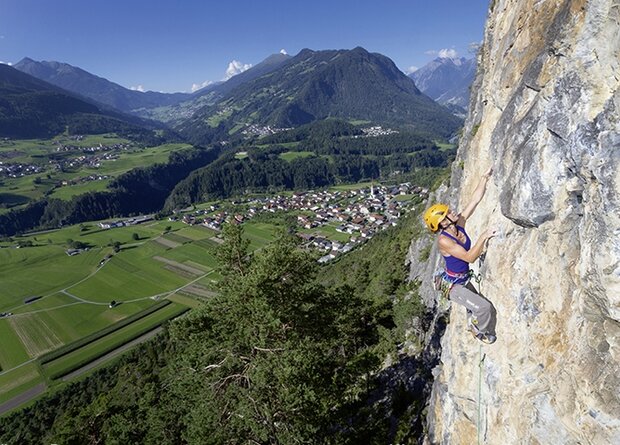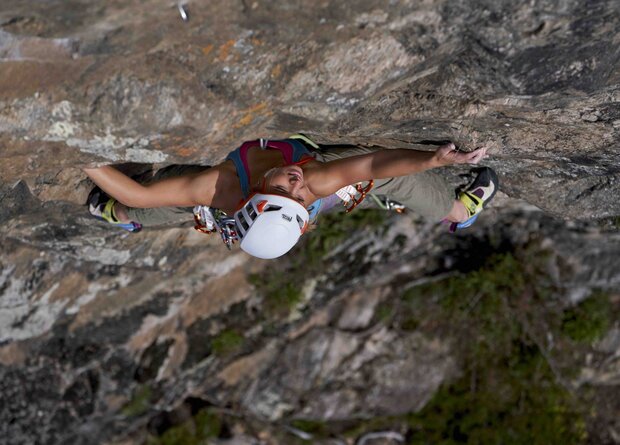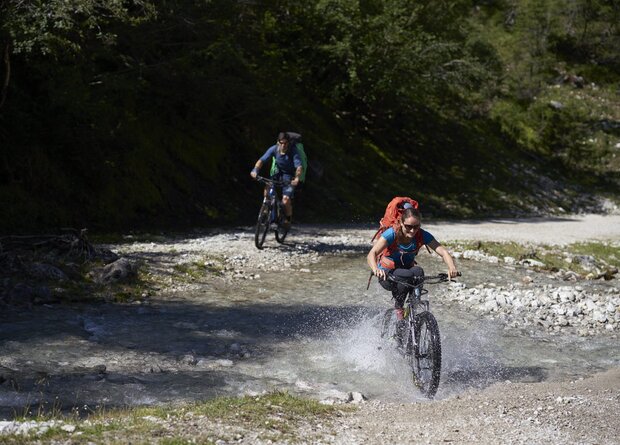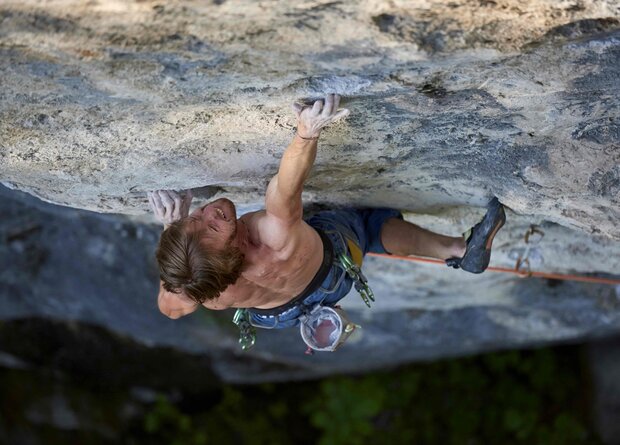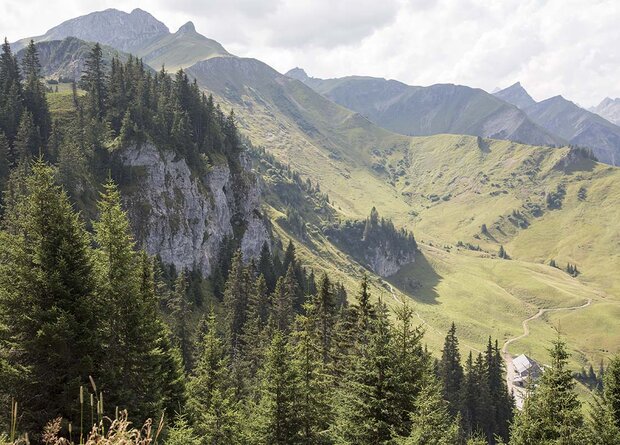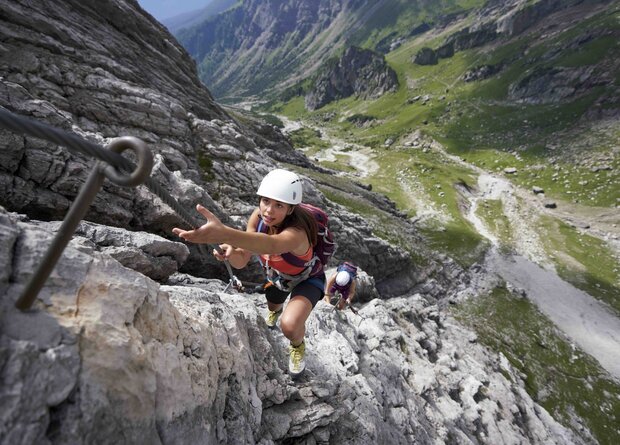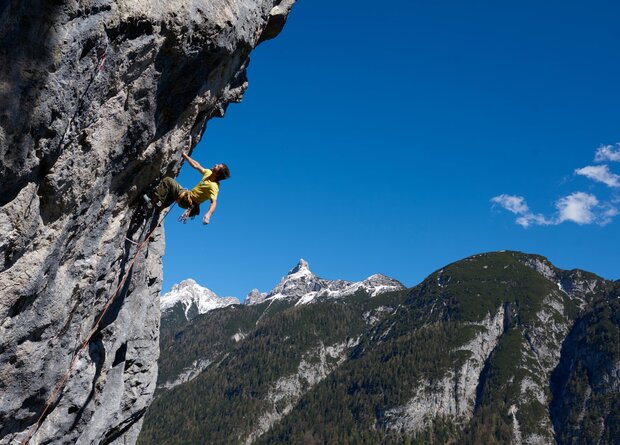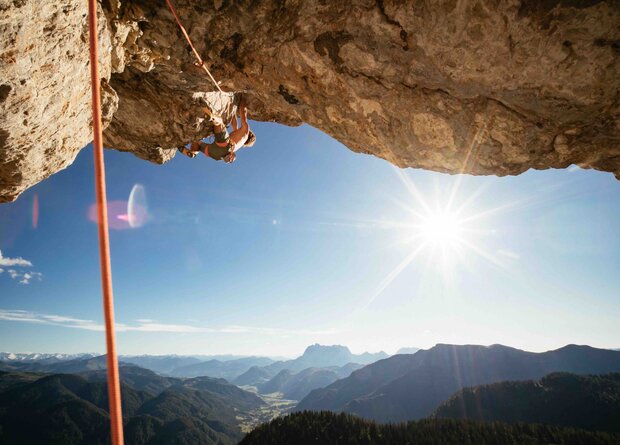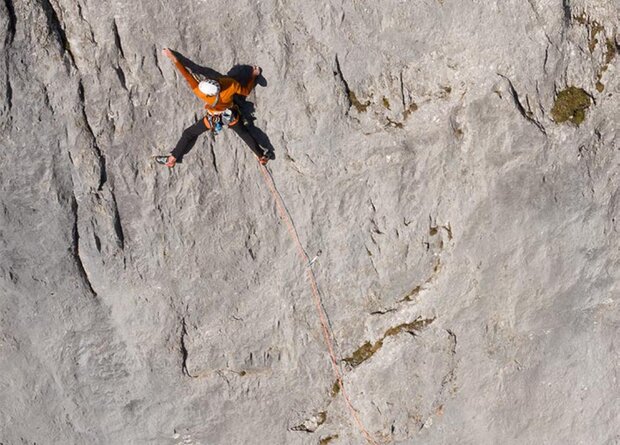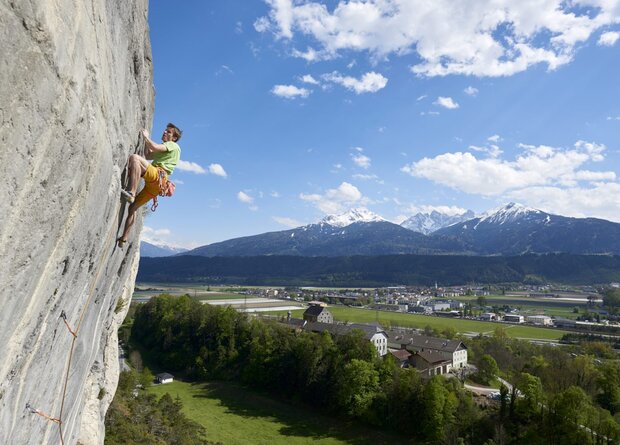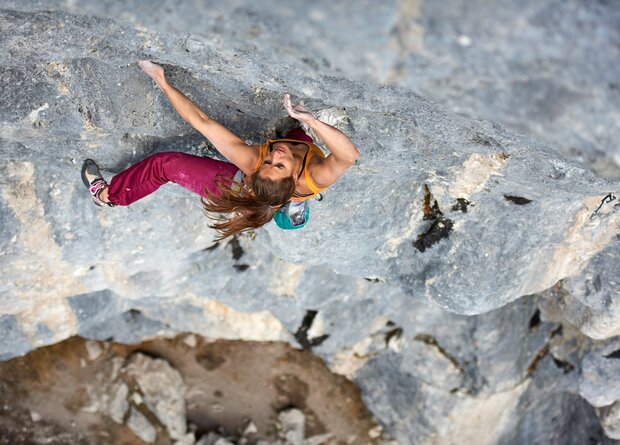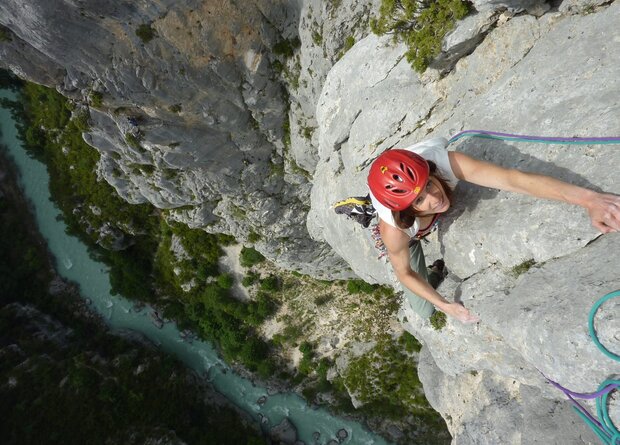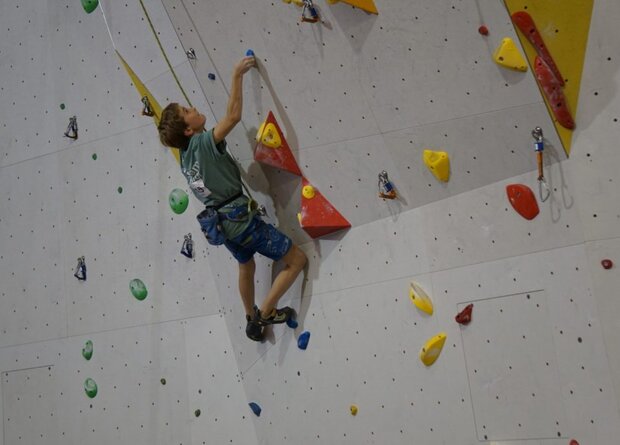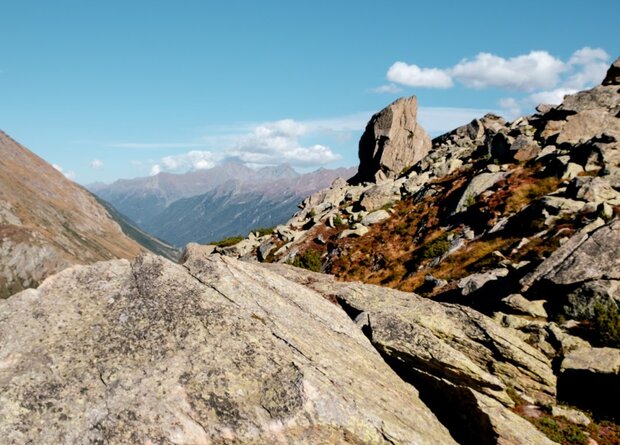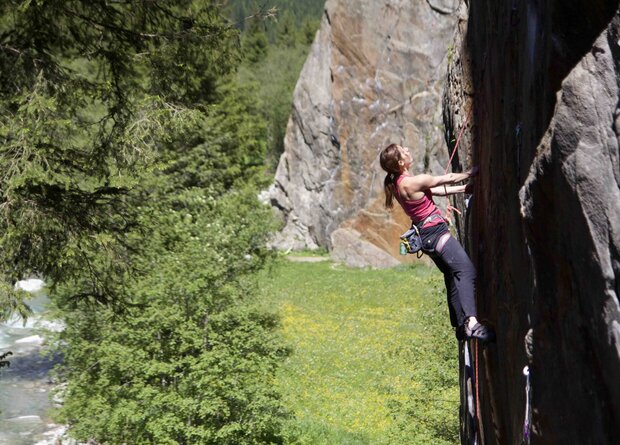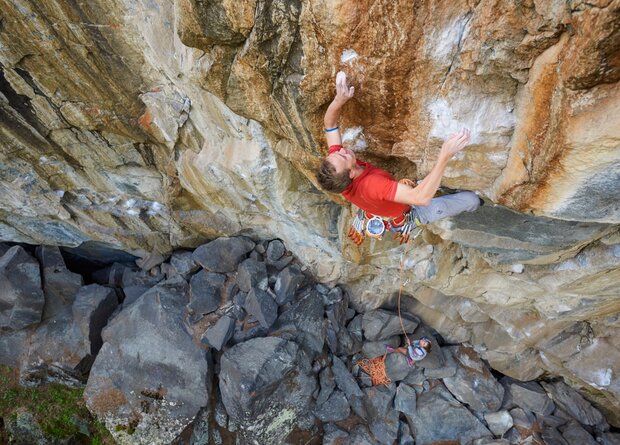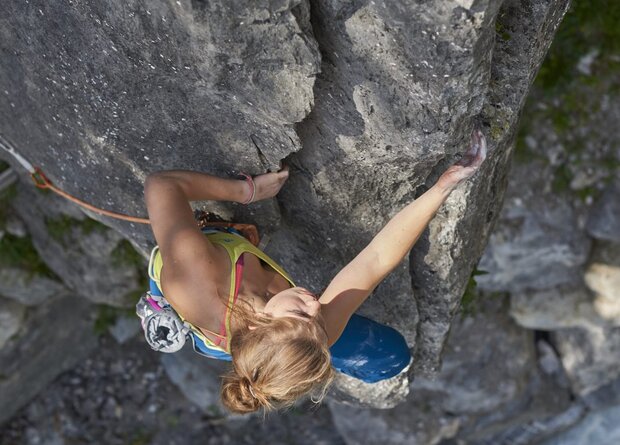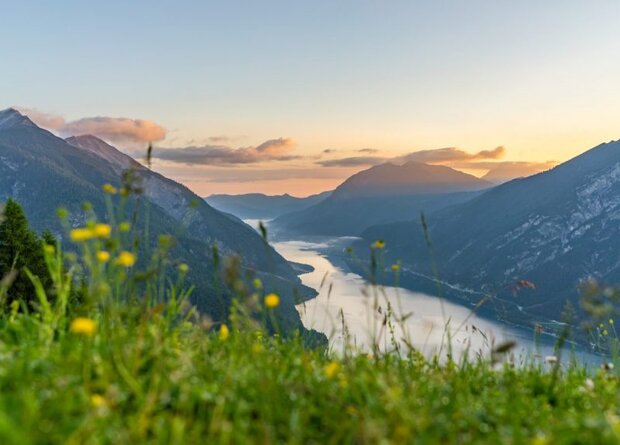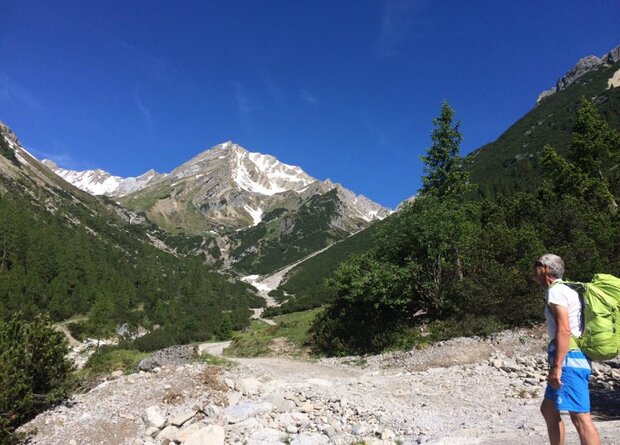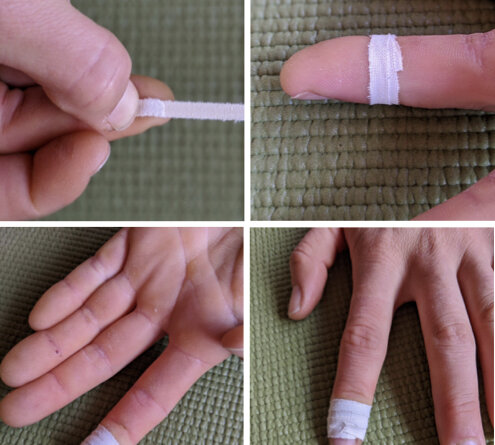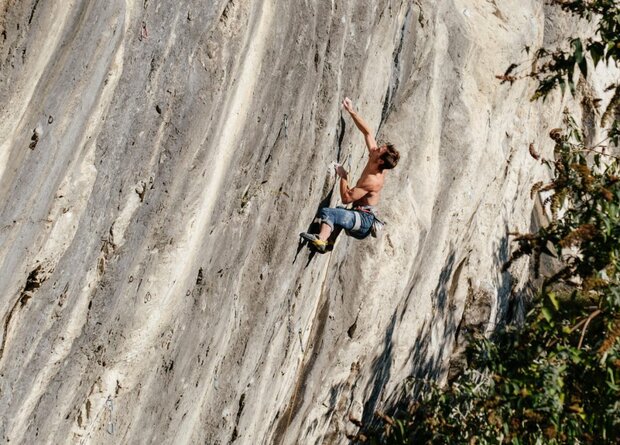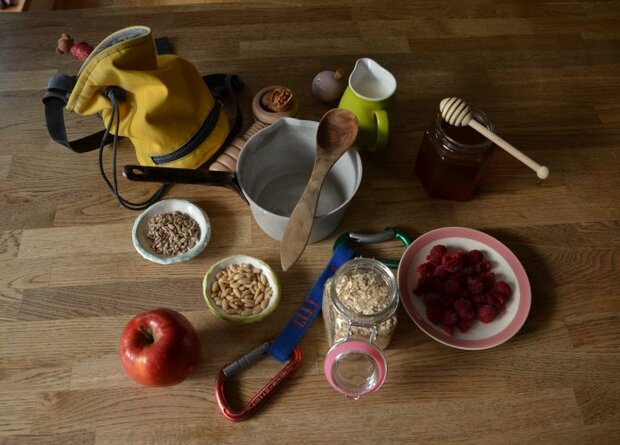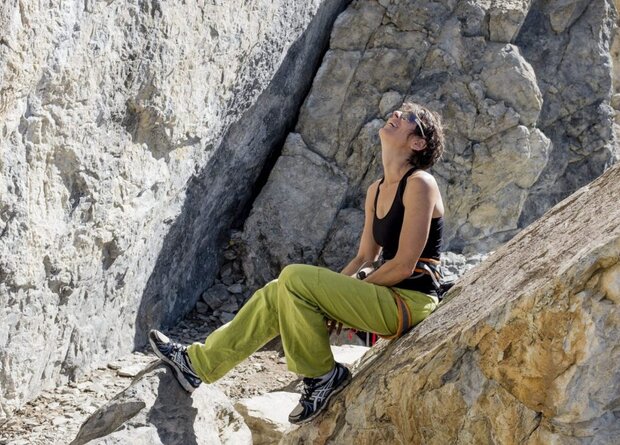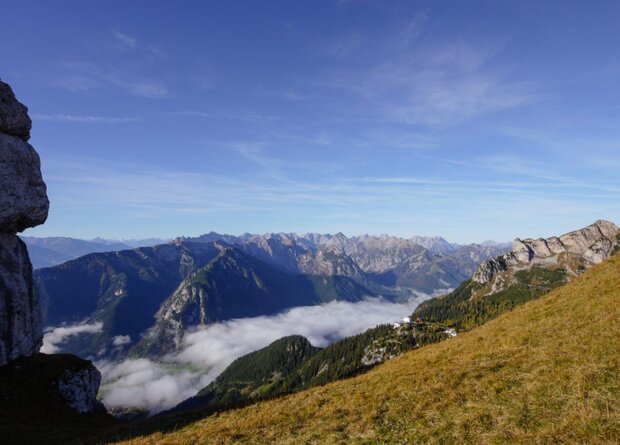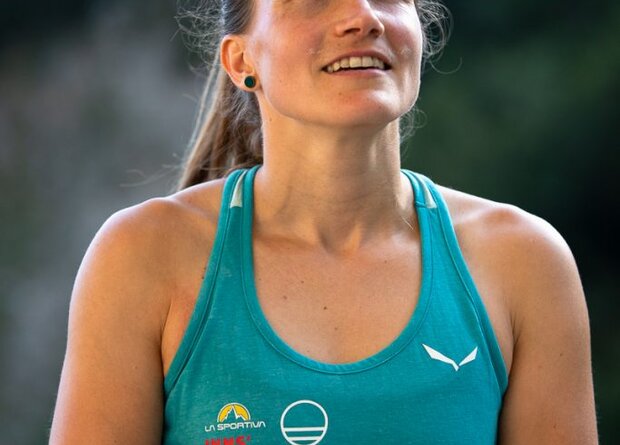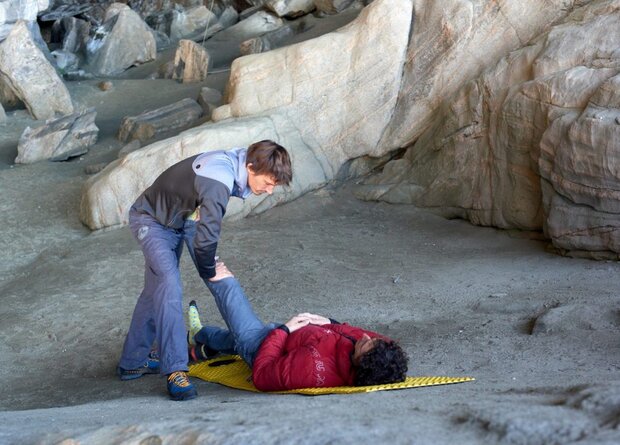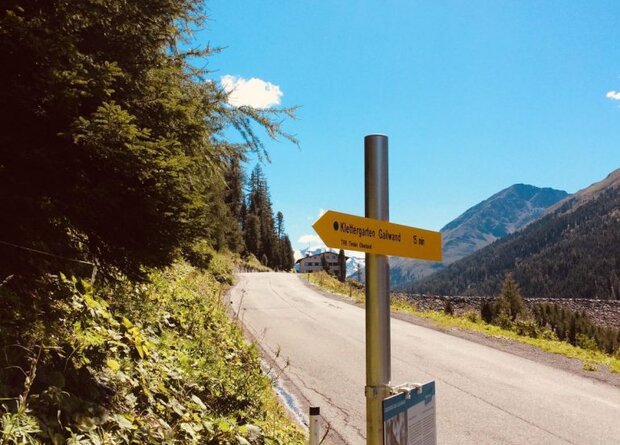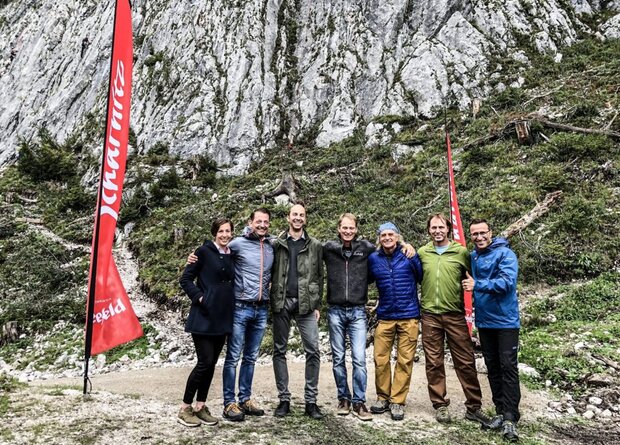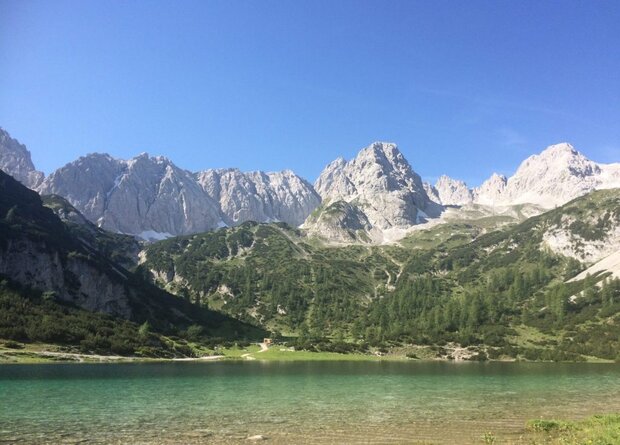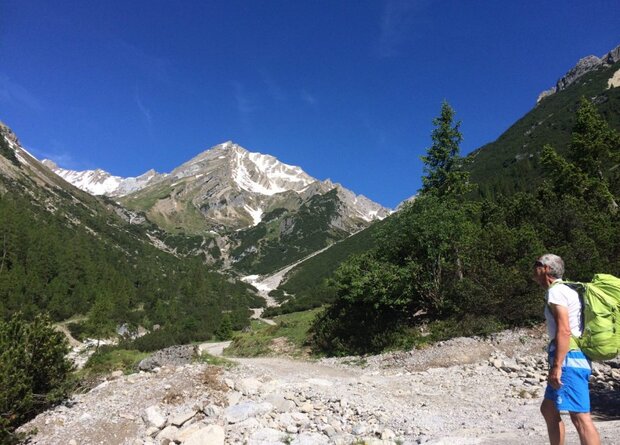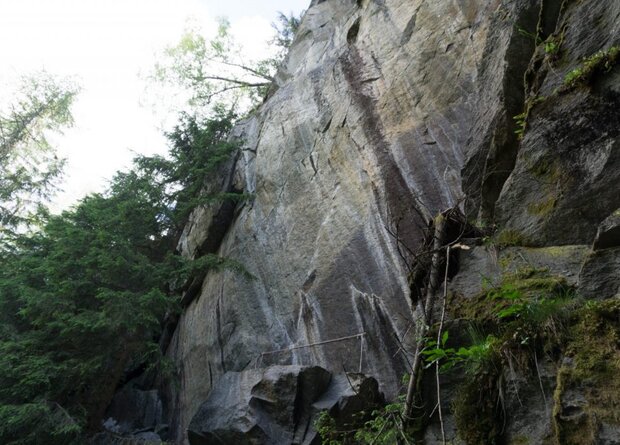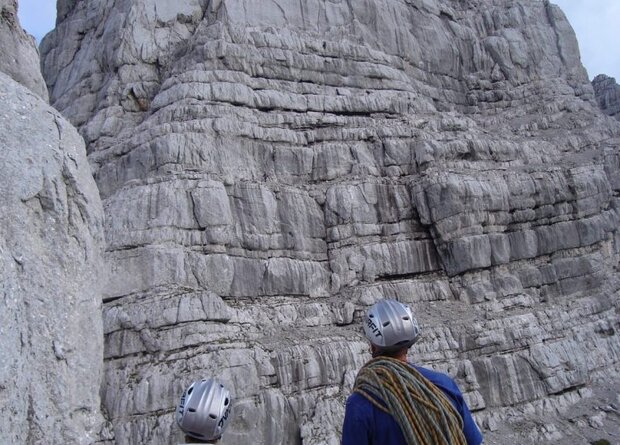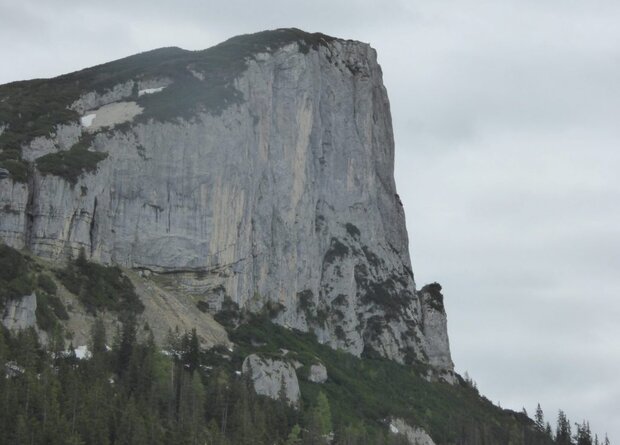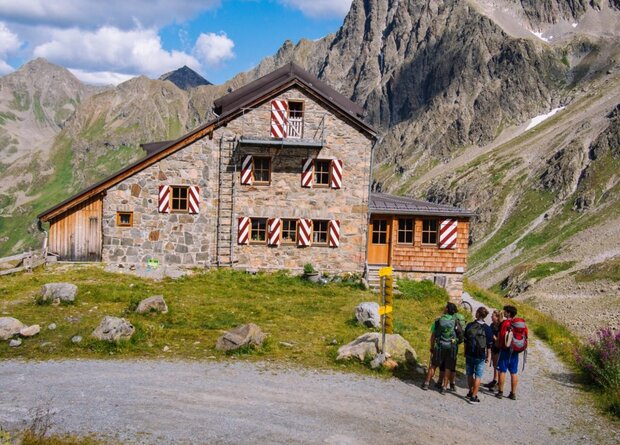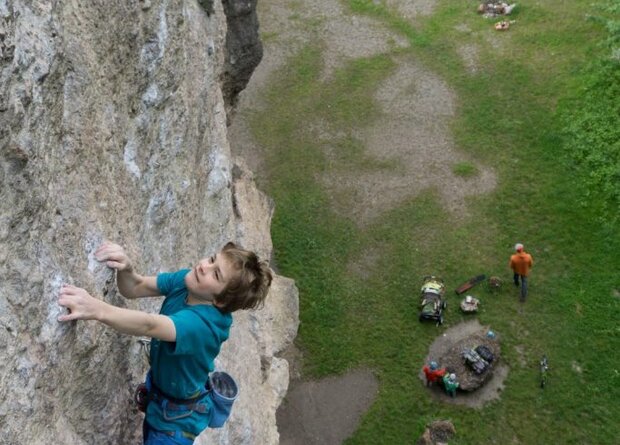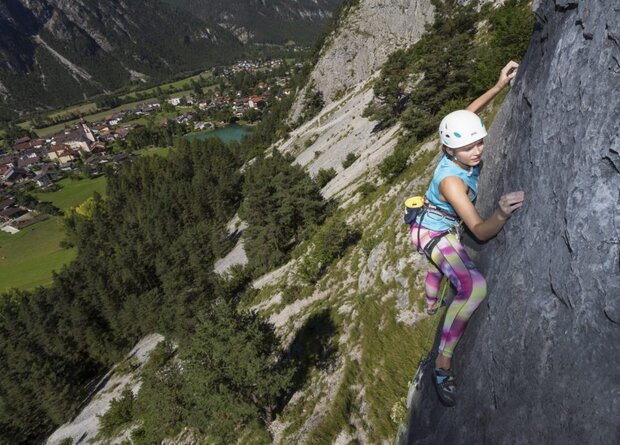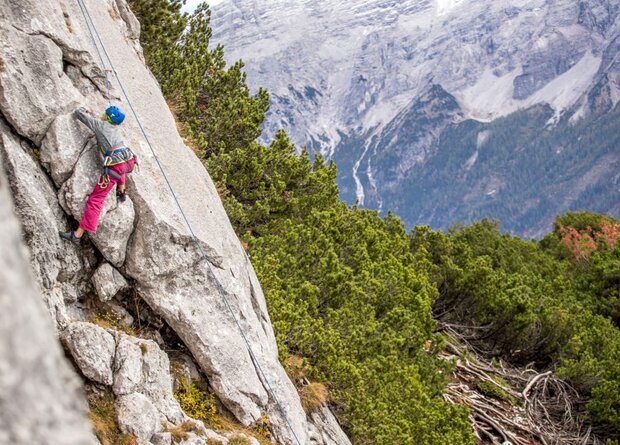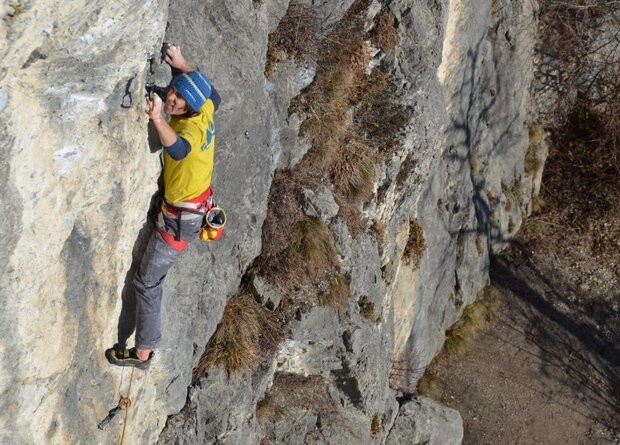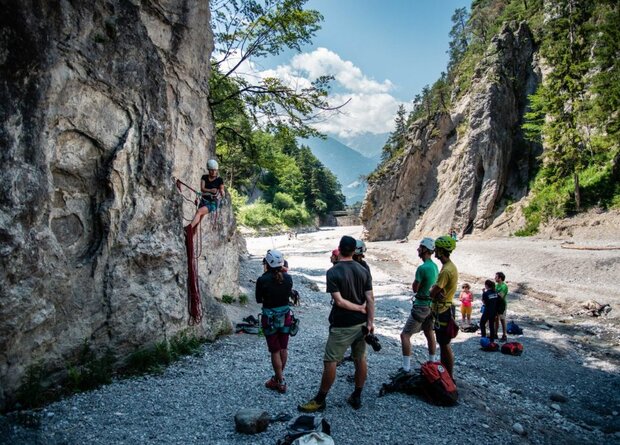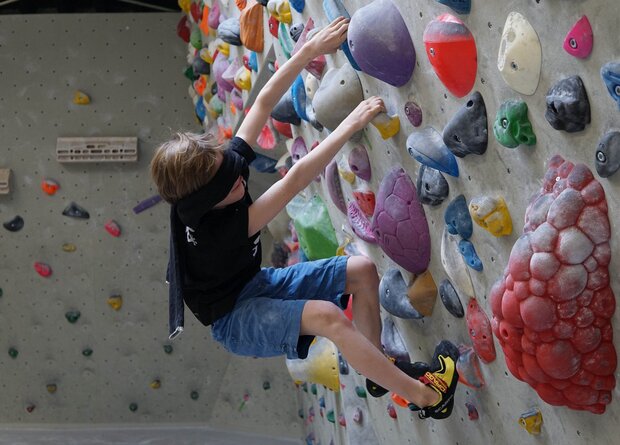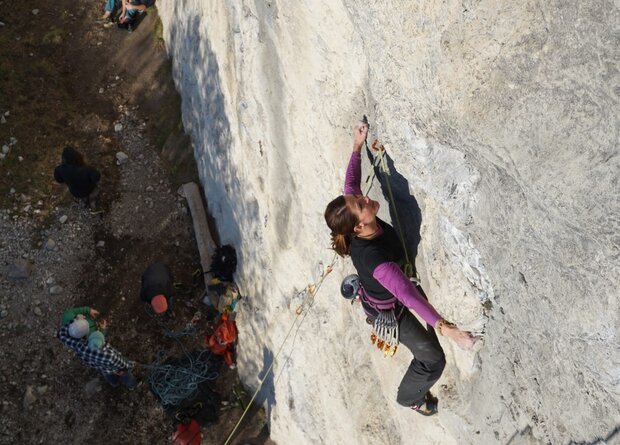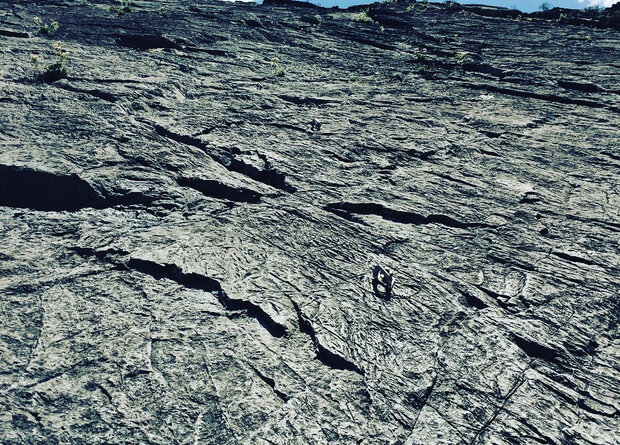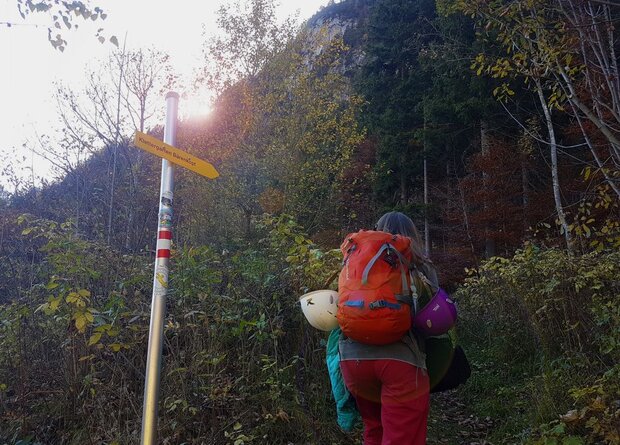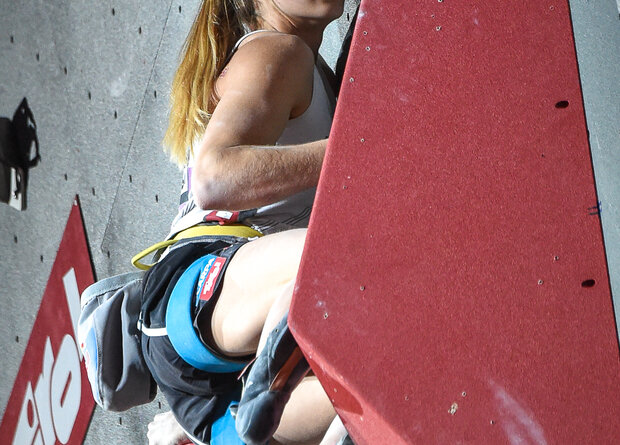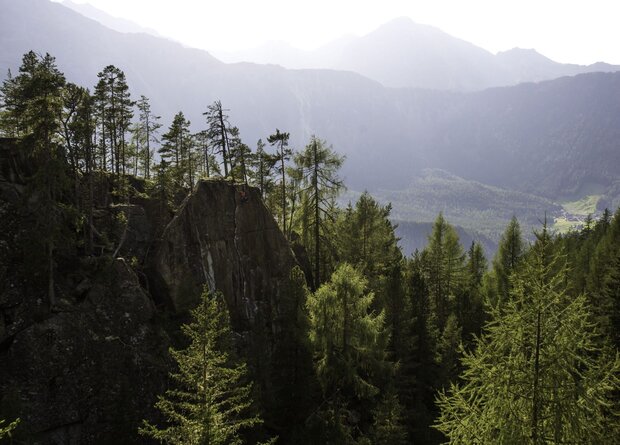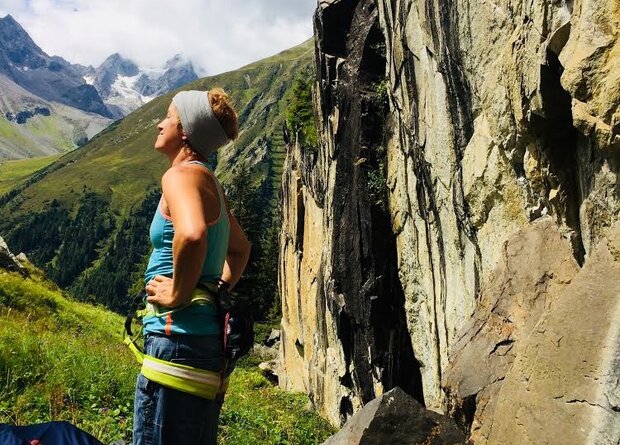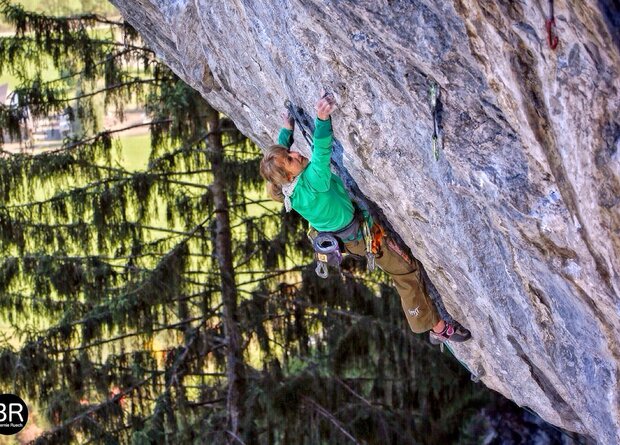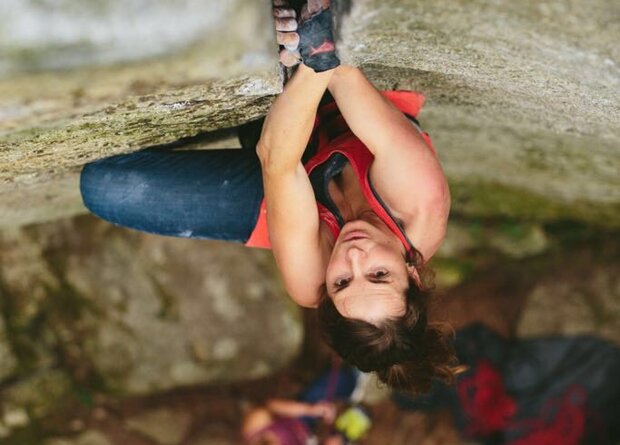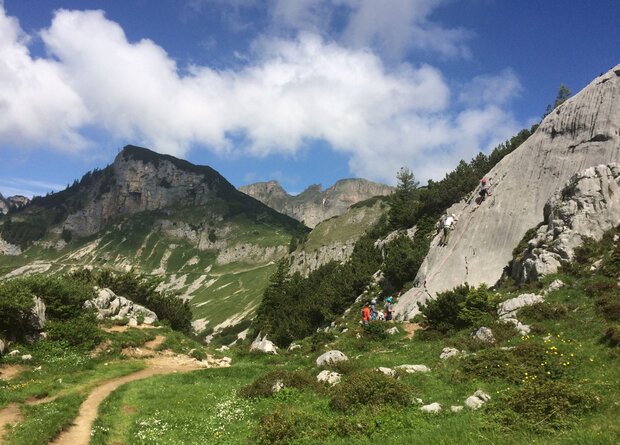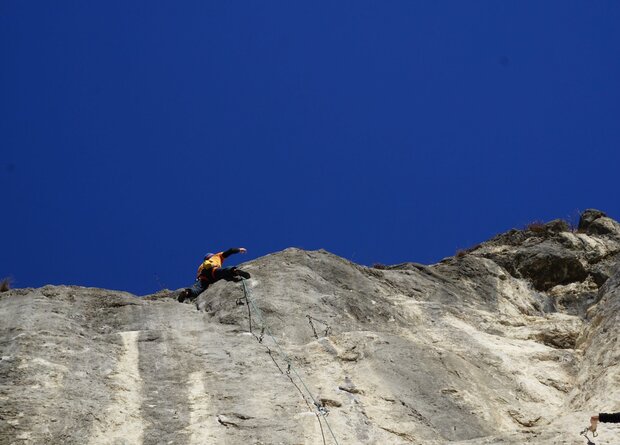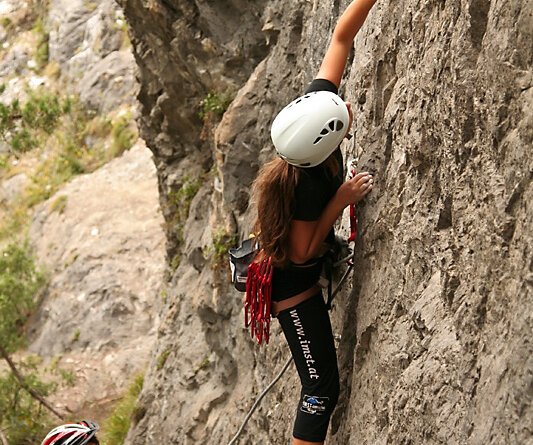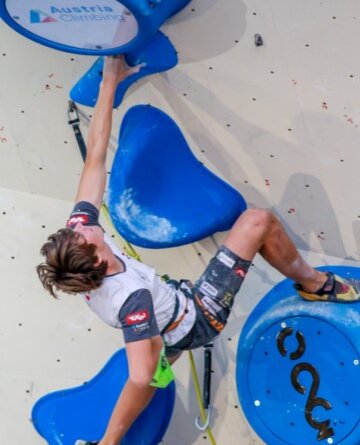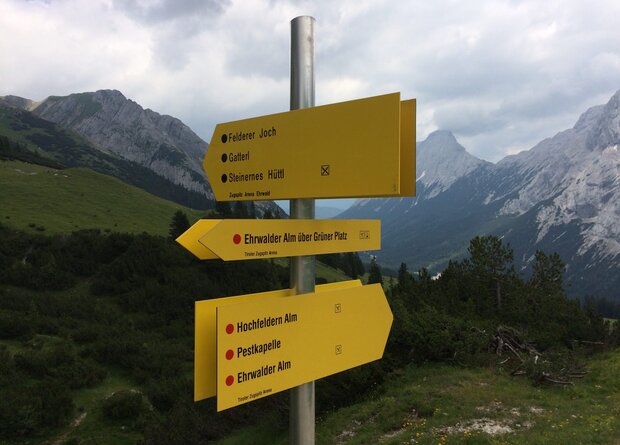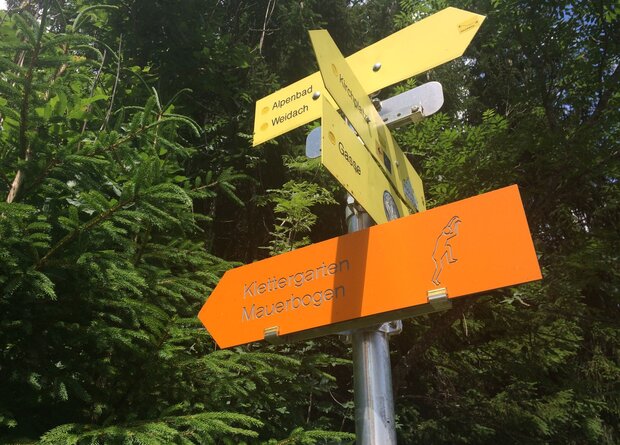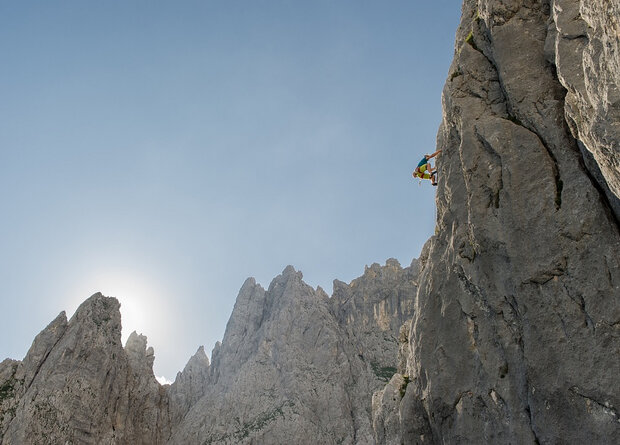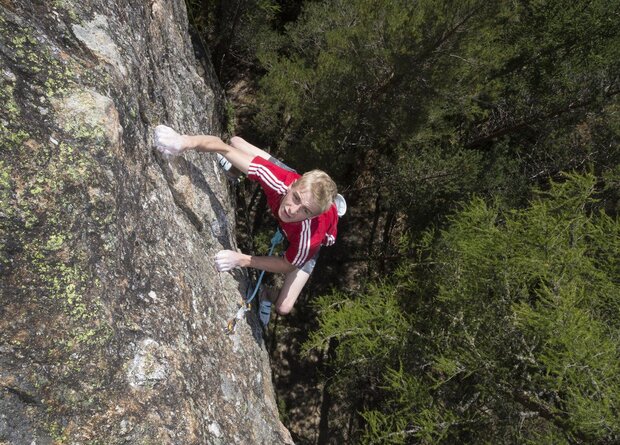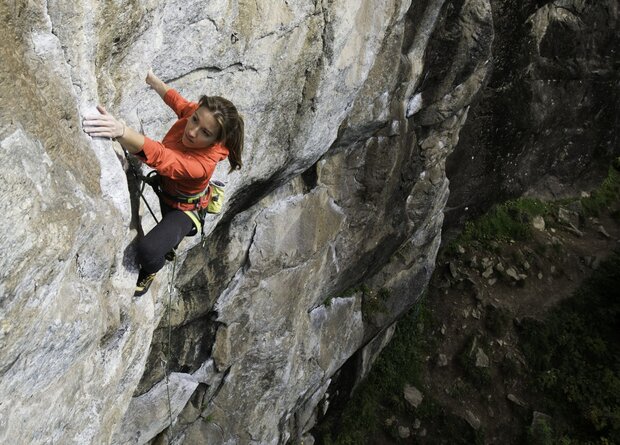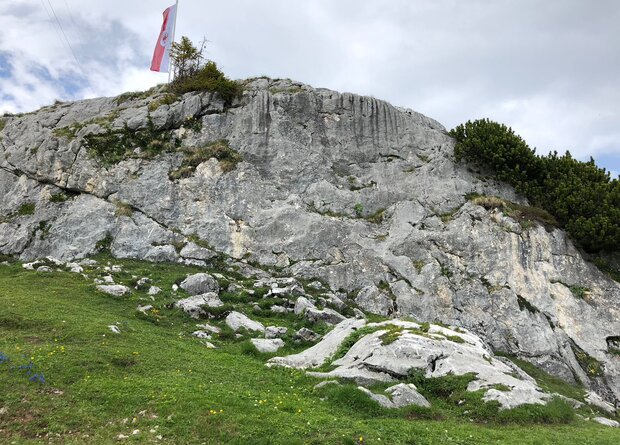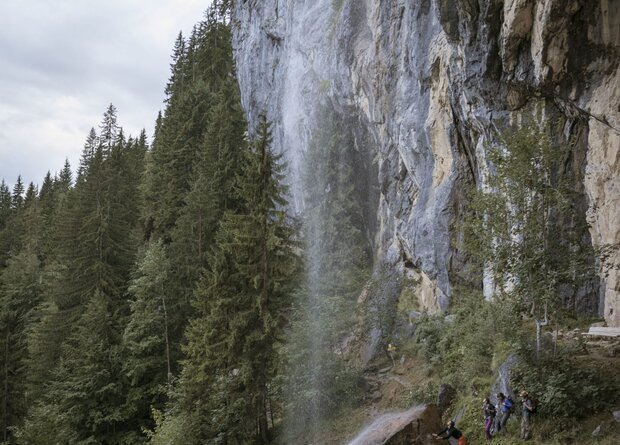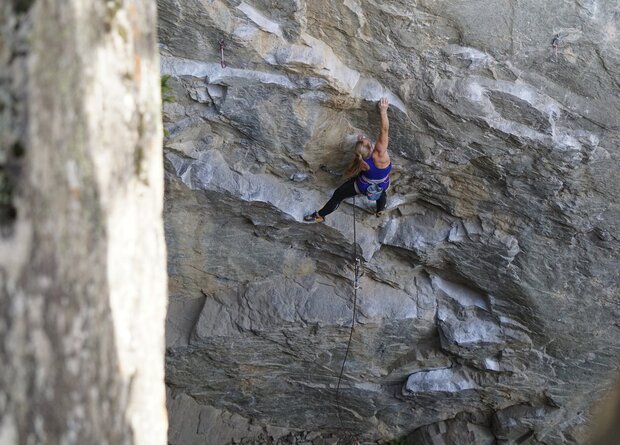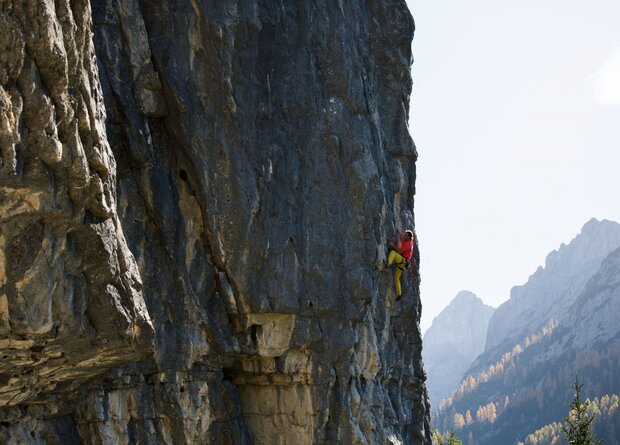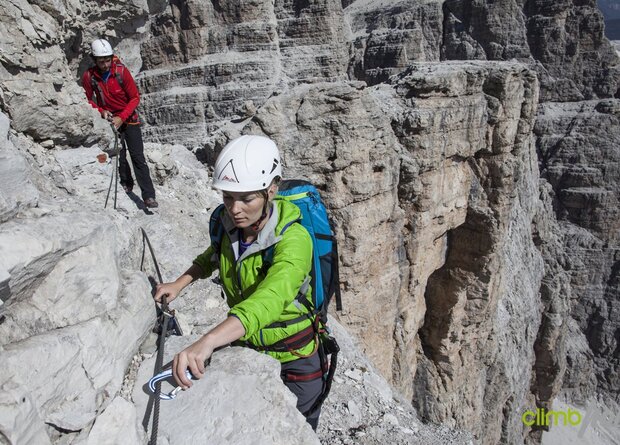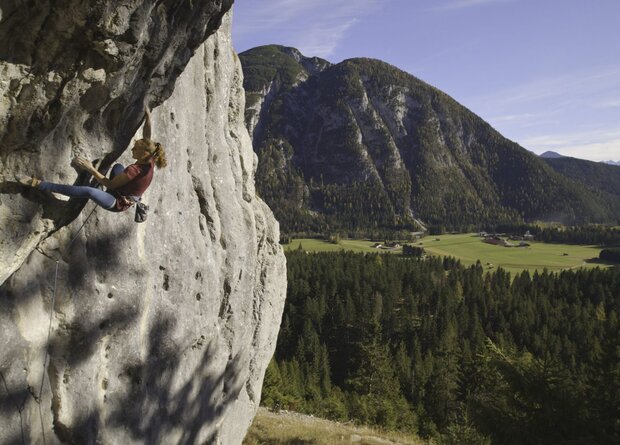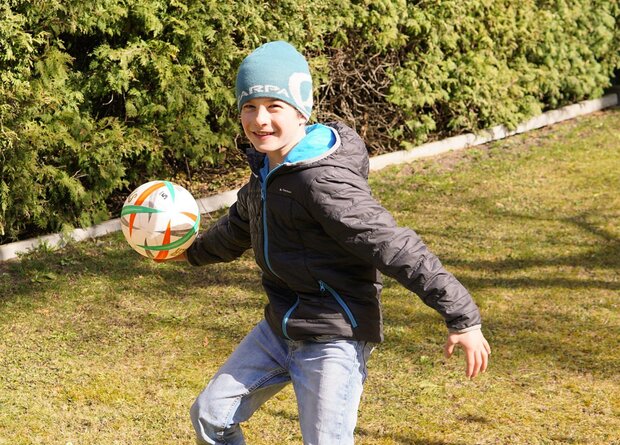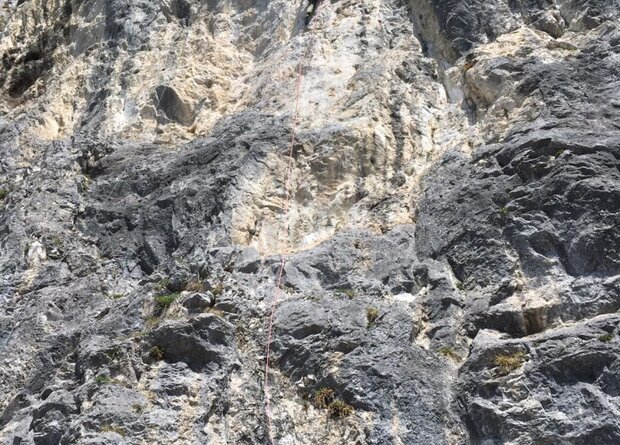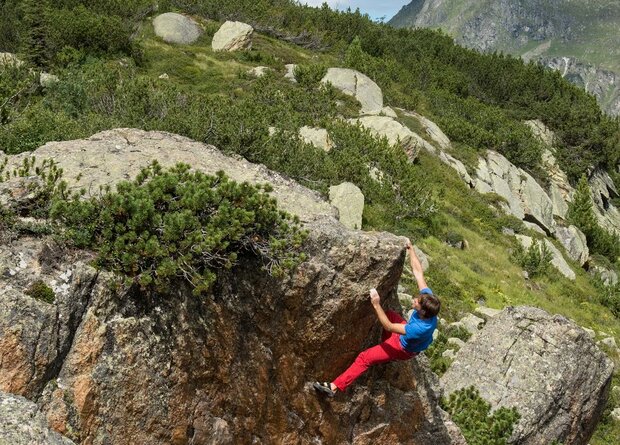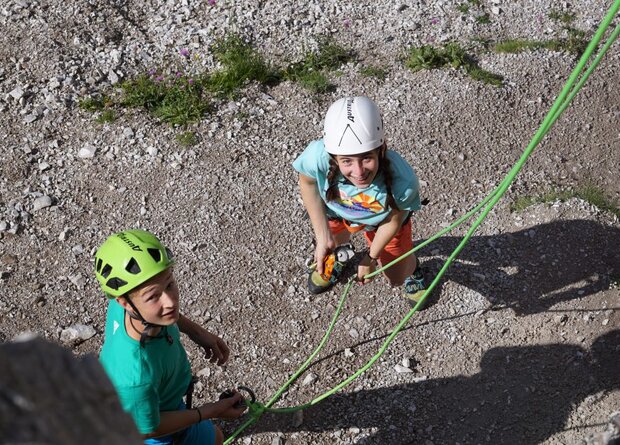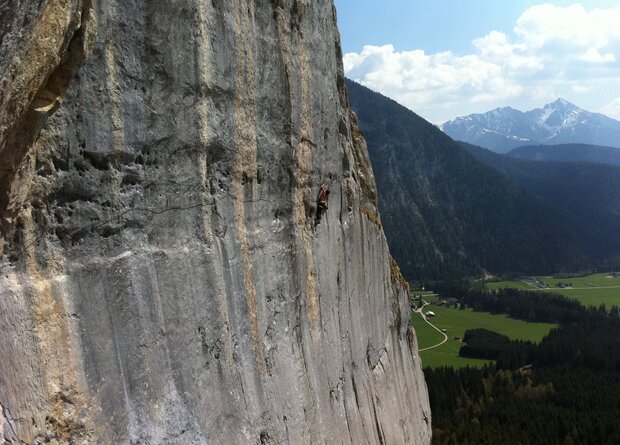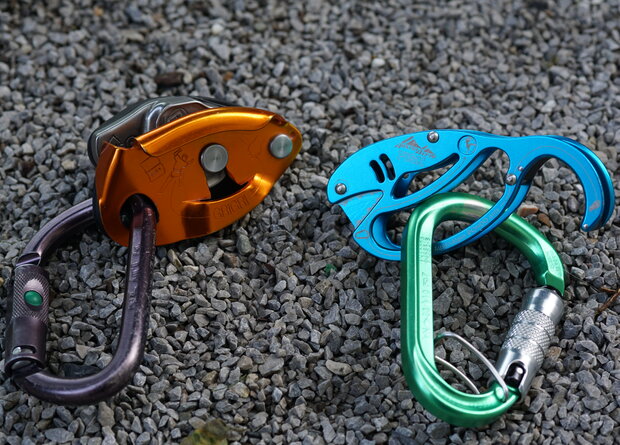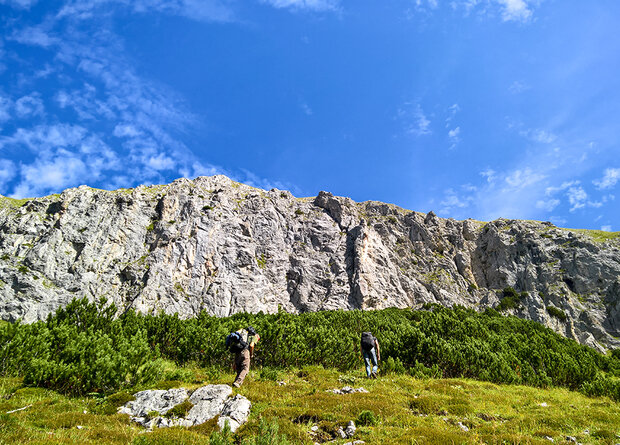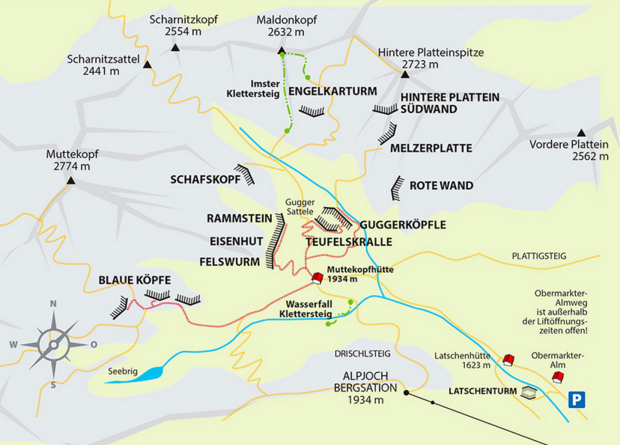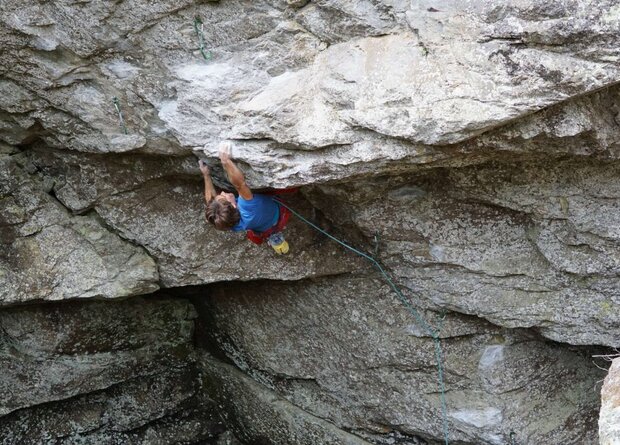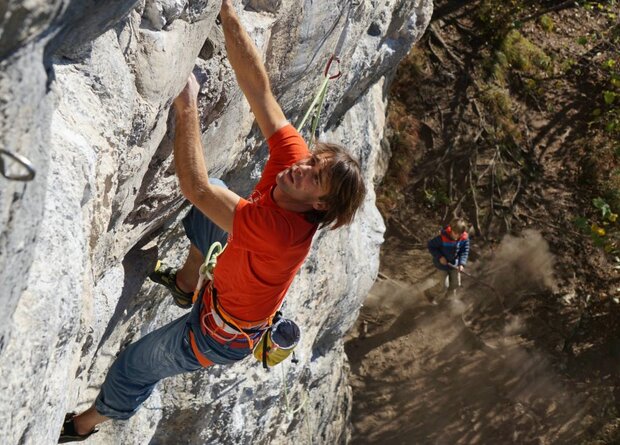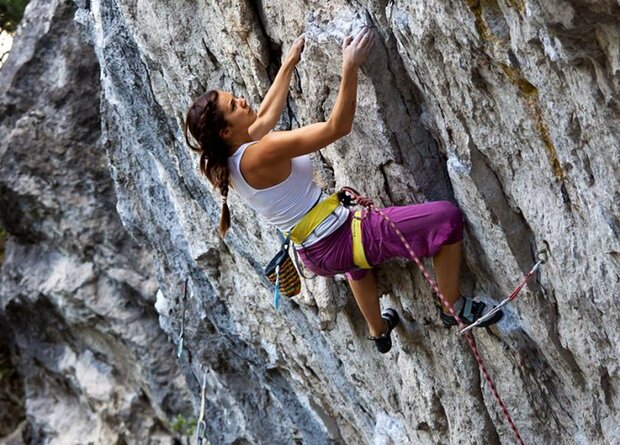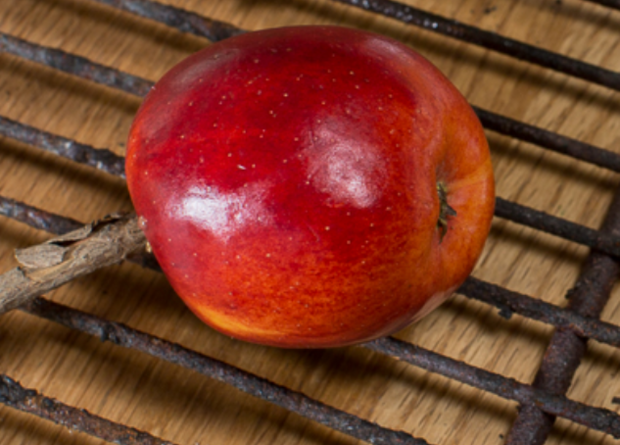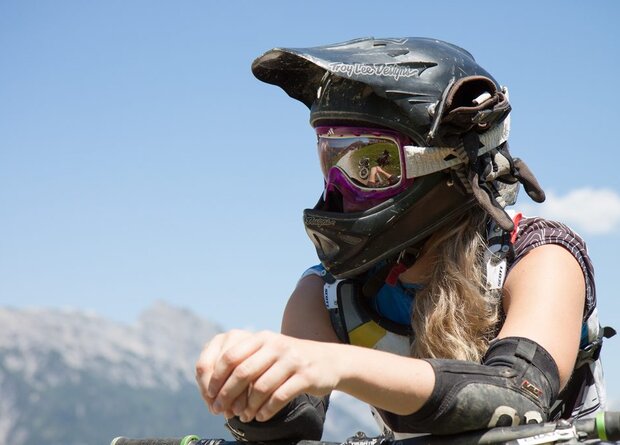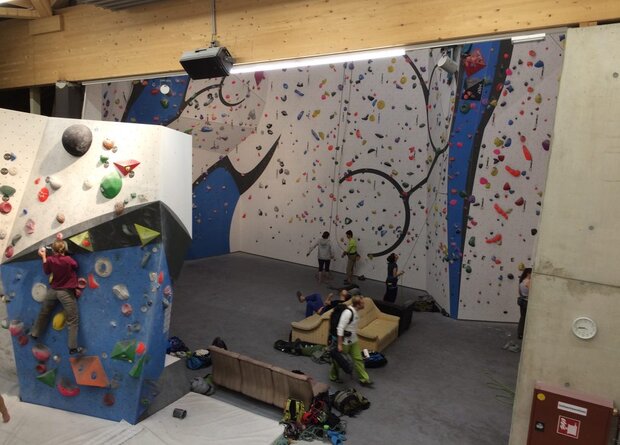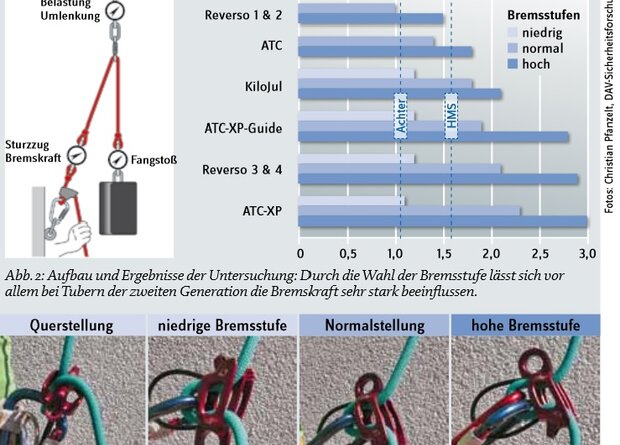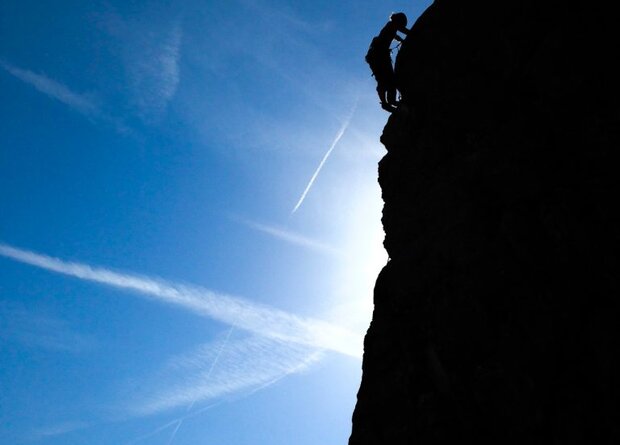Early training from 7 a.m. to 9 a.m., late training from 5 p.m. to 9 p.m. And in between? Work! Climbing professionals and working climbers have a tight schedule. Especially if you want to climb vertically more often than just sometimes. But we're probably all familiar with the tons of tiredness after a long, intensive day at work that literally pushes us into the couch, or the feeling of being in the gym and knowing that you're not going to get anywhere today: It's no good today. But if you want to stay on the ball, you can't afford either scenario in the long term. A good work-life balance or work-climb balance is therefore essential. That's why the Climbers Paradise editorial team took a look at the question of what the "best" job for climbers should look like. (Attention, unfortunately we couldn't avoid clichés here).
Lots of free time
If you climb a lot, you need a lot of time for it. This means that you should secure a job that consistently allows the person doing the climbing to have free time. You should also have the freedom to take advantage of spontaneous windows of good weather. Flexitime and a 70 percent employment relationship should therefore be the demands to be made at the next appraisal interview!
Good energy balance
Once these have been achieved, the best case scenario is that you don't always leave work totally exhausted, because even the human machine only has a limited amount of energy. And you definitely need this energy to get through the project. A job with a lot of sitting, little talking and hardly any thinking would be required. We are still looking for one, so if anyone has any recommendations, please pass them on to the editor.
Climbing training requires physical strength, which you should save for the job
No moss, no gain
"This demand had to come!" thinks one person. "Where's the nostalgic idealism à la Moffatt and Moon?" the other might cry. It's not our fault that we might want a little more than the two Brits in their worst financial times; after all, we grew up in an affluent society and travel, season tickets and climbing equipment haven't exactly become any cheaper since then. Especially if you only want to work 70 percent but need 100 percent of all trends, there is only one solution: be strong enough for a sponsor! So: Off to the gym! Train! Climb hard! Get sponsored! GO!
Short distances
From home to the gym, then to work and back to the gym or home again. That kind of back and forth can take up a lot of time. So it's best to base your choice of job on where and how close the nearest gym or climbing garden is. After all, time is more valuable than gold for any working climber, and we can't waste a minute of it. In this respect, it would be best to be able to save part of the journey, which leads us to the next point:
Home office
If you do your work at home, you can do a quick pull-up or maximum strength workout between typing away at your PC when the going gets tough. Because you always need a two to five minute break between training series and repetitions anyway, so you can continue working. A portable hangboard, for example from Captain Fingerfood, helps to implement this strategy.
Alex Wurm puts in a quick training session on a mobile board from Captain Fingerfood
Decentralized working
Long live the internet! Thanks to Industry 4.0, it won't matter where you are in the future (and for some it already does in the present). So if you can convince your boss that decentralized working is definitely an option through trusting and good cooperation, you can confidently stay in Siurana for a week: Thanks to smartphones, work conflicts or conferences can also be dealt with directly from the foot of La Rambla.
Readiness and weather shift
Working in bad weather, climbing in good weather? There are only two catches: firstly, what job do you do in bad weather? And secondly, there is always good weather somewhere in the world 
Attention satire!
In addition to the obvious satire, there are some hidden truths in here that are not necessarily only applicable to climbing. Nevertheless, life and its (self-)imposed tasks remain a balancing act between work and life.
Maintaining a balance between work and climbing is a challenge
And if you can't manage that, you still have the following options: Enrol (again) at university or the AMS (close to the crag, of course).
Area tip: Climbing garden for quick consumption
This is no longer an insider tip, but the climbing gardens on the Martinswand near Innsbruck are too perfect for that:
Technically demanding ledge banging in good limestone. The sunny orientation makes the Martinswand the ideal winter area. Many climbing gardens for all levels of difficulty.
And all this just 10 minutes from the Tyrolean capital.
What's more, Martinswand is almost a relic of bygone days and plays an important role in Tyrolean climbing history. Partly beaten holds and boulder traverses are reminiscent of training strategies before the days of indoor training, the hardness of the earliest routes suggests that Tyrol and its climbers have always been among the elite, and the route names tell stories of starving climbers (Stay Hungry, 8b+), poor conditions (Jungle Fever, 8c/8c+) or the danger of falling rocks (Einstürzende Neubauten, 6b+). In addition, new levels of difficulty were realized here early on, such as Hyperfreiflug, the first 8a+ in the country, and the Panta rhei boulder traverse is still one of the most difficult bouldering routes in the world. (Ratings can be found between 8b+ and 9a, whereby the latter can be seen more as a lead rating).
Climbing after work
And now that you've hopefully read the short history lesson at work, you can start climbing right after work and make the most of your work-life balance.
Have fun and success with your work-life balance.
